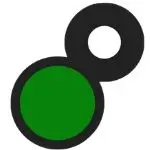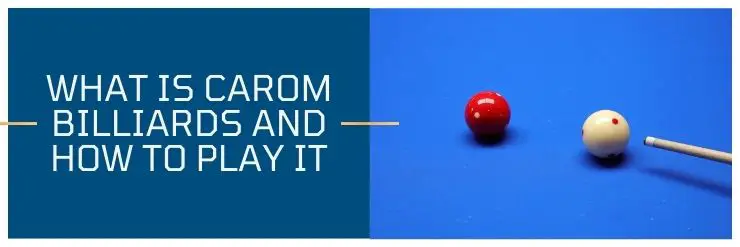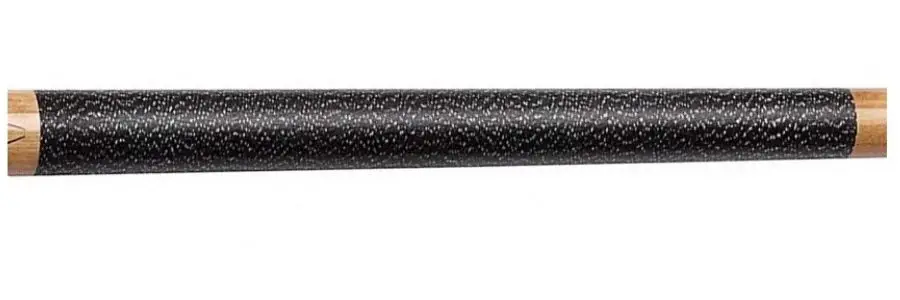If you love playing pool or recently developed a taste for antique pool balls, you must have wondered how to tell ivory pool balls. If you want to know how to differentiate ivory pool balls from the rest, you may want to keep reading as we look at the discerning features of an ivory pool ball.
Initially, pool balls were made of wood. However, that changed in the mid-1800s when ivory became a fashionable material and manufacturers began making ivory balls. The balls worked pretty well, but they were expensive and required a lengthy manufacturing process. Eventually, pool ball makers had to look for alternative materials.
To figure out if a ball is made of ivory, you can use any of the following methods.
How to Tell Ivory Pool Balls
- Careful inspection
If you have an ivory cue ball, it is probably from the 1800s meaning it is bound to have signs of tear and wear, no matter how pristinely it has been preserved. So, what should you look out for?
If it is a cue ball, it will have an off-white color. Probably something yellowish or brown. If you take a closer look, you will also notice some dark-colored veins, something grayish or black. If the ball has been well kept, the dark veins probably won’t be as visible. However, they should still be there if you look closely.
Additionally, an ivory pool ball will probably not have a perfect spherical shape. It will also not be uniformly colored, which is inevitable after such a long time.
Another thing is ivory pool balls will most likely have engraved numbers. If the pool ball seems smooth and pristine, it is probably made illegally or is not made of ivory.
- Conduct a pin test
Want to know if you own an ivory cue ball? A good old pin test will do the trick. However, you need to know that this method will damage the cue ball if it is not made of ivory and you have to decide if that’s a risk you are willing to take.
For centuries, ivory has been tested using a hot needle. When touched with a hot pin/needle, real ivory turns black. If it is fake, the hot pin can melt and damage the ‘ivory’. Testing using the pin method is therefore not the best unless you don’t mind completely losing your pool balls.
- Consult an expert
If you can’t differentiate an ivory cue ball through its physical composition and don’t want to go the pin test way, you can always call in an expert. An expert who specializes in antique pool balls or a jeweler familiar with ivory will give your pool ball a thorough examination and give you a concrete answer. This is the best thing to do especially if you plan to sell it.
When did they stop making ivory pool balls?
Ivory pool balls first appeared in the Duke of Norfolk’s inventory back in 1588. However, it was not until the 1620s that they became really popular. In the mid-18th century, manufacturers started dying the balls to give them specific colors. They were no doubt a big upgrade on the wood balls that preceded them.
Ivory pool balls were made using tusks from Asian Elephants. Granted, ivory can be retrieved from multiple sources, but only elephant tusks are big enough to make billiard balls. However, making them was a lengthy process and sometimes, an entire shipment of tusks could only make a few balls since only one or two would be suitable for making ivory pool balls.
As ivory balls became popular, there was an increased demand which threatened the Asian elephant population. Manufacturers could also run into multiple challenges with supply, shipping, and storage. Additionally, making the balls also required the expertise of master craftsmen to make perfect spheres out of raw tusks.
But when did they stop making ivory pool balls? Many pool ball manufacturers stopped making ivory balls in the 19th and early 20th centuries when it not only became too expensive but also practically decimated the elephant population as manufacturers strived to keep up with the demand. Pool ball makers had to look for alternatives.
Ivory pool balls value
At some point, the best pool balls only came from elephant tusks.
However, the process of acquiring ivory coupled with the long and tedious manufacturing process made ivory pool balls an expensive affair.
If you plan on adding a set of ivory pool balls to your antique collection, be prepared to shell out at least $50. The price can potentially go up to thousands of dollars. For context, a set of three ivory balls cost $60.00 in the 1870s. The same could be worth somewhere in the region of $1,200 in the current market.
Wrap Up
We took a look at how to tell Ivory pool balls in this post, hopefully now you have a better understanding of what they are and what to look for!
Rob is an avid player and fan of all cue sports, particularly 8-ball, and snooker. He has competed in a few local 8-ball tournaments and although he is not a professional, he can compete with the best of them.






